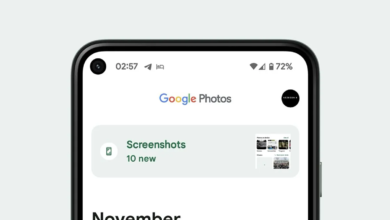How To Enable or Disable Live Caption on Any Android Phone
Live Caption, an accessibility feature on digital devices, makes technology inclusive by translating audio into real-time text. It’s a game changer for those with hearing impairments, language learners, or anyone in a noisy environment.
In this guide, we’ll detail how to setup, customize, and troubleshoot this useful tool.
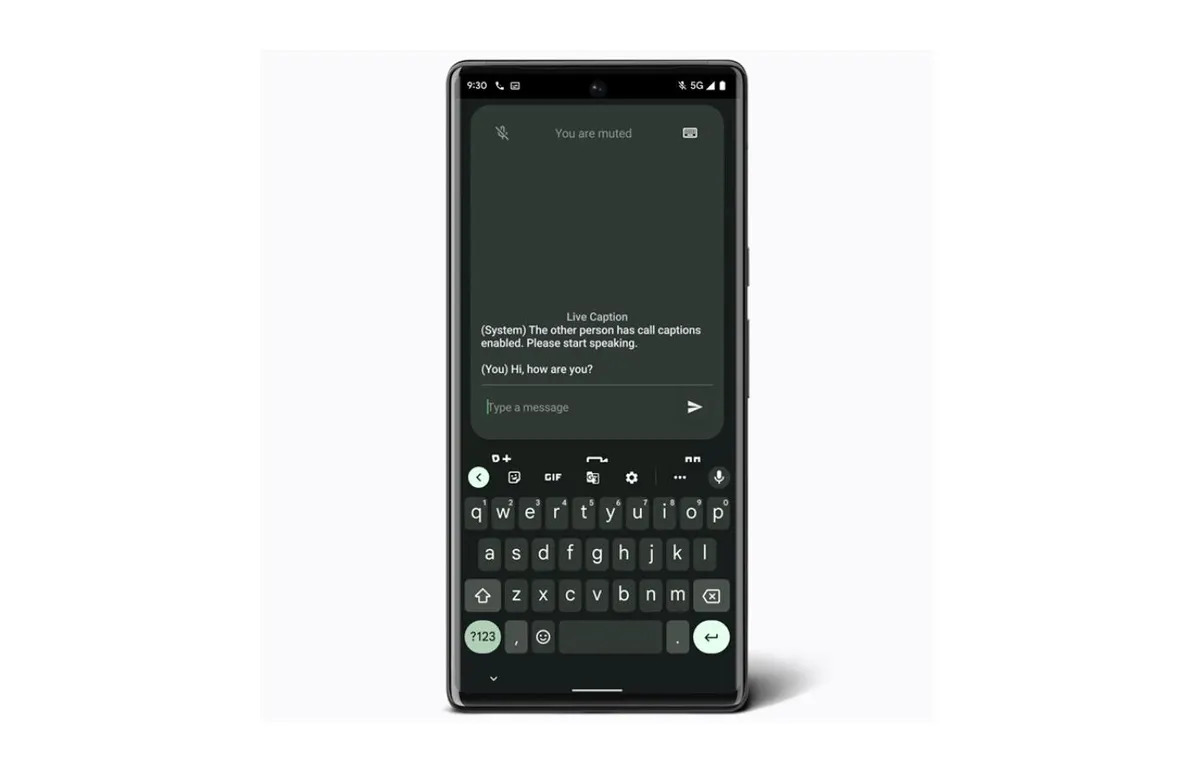
If this is your first time setting up the feature, make sure that your device is upgraded to at least Android 10, or above. You’ll also need a Wi-Fi connection on some phones, to download necessary software updates or components for Live Caption.
Here’s how to set-up Live Caption on your phone.
Table of Contents:
How to Enable Live Caption
The steps for enabling and disabling Live Caption are mostly the same, but you’ll need to go through the extra hassle of setting it up, if you are using it for the first time on your device. Here’s how to do that:
- Open the Settings app on your Android device.
- Tap on Accessibility.

Tap on Accessibility in the Settings menu - Search for “Live Caption,” and tap on ‘Use Live Caption‘.
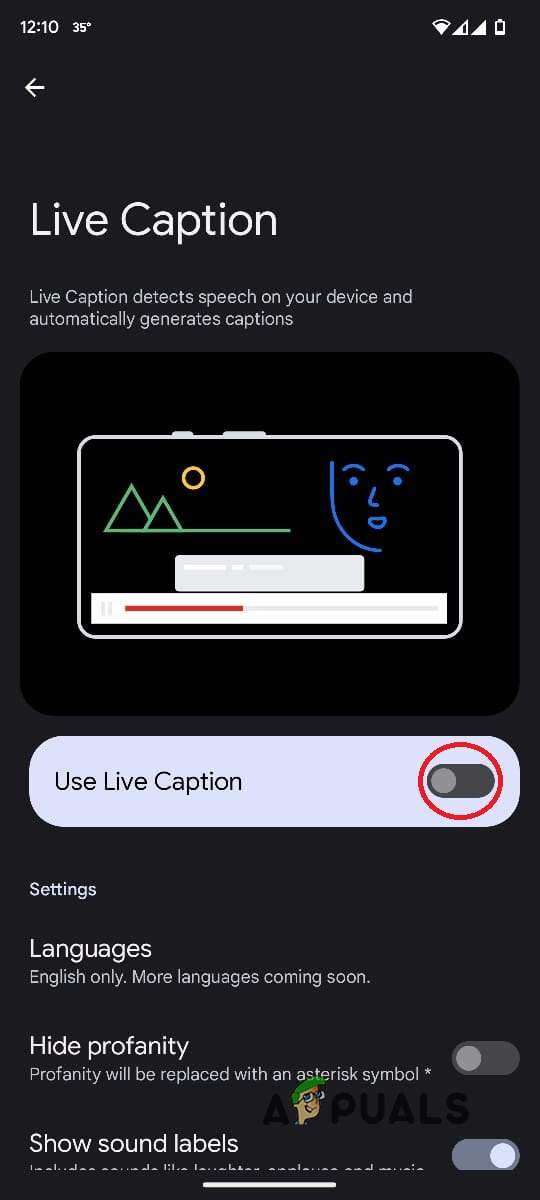
Toggling On Live Caption
The steps to enable Live Caption on your Android device may vary depending on the manufacturer and Android skin. However, the feature is typically found under the Accessibility settings.
Samsung: Head on over to Settings > Accessibility > Hearing enhancements > Live Caption.
OnePlus: Go to Settings > Sound & Vibration > Live Caption.
Live Caption will now be available for any audio that is playing on your device. To use Live Caption, simply press the volume button and tap on the Live Caption icon. The captions will initially appear towards the center of the screen, but if you prefer a different location, you can press and hold the caption box and move it to your preferred location.
How to Disable Live Caption
To disable the feature, you can follow these four different steps, according to your preference. All work in the same way, and essentially have the same function: to turn off Live Caption.
1. Drag the captions to the bottom of the screen: This is the quickest way to turn off Live Caption. Simply drag the caption box down to the bottom of the screen, and it will disappear.
2. Turn off Live Caption via the volume slider: While playing audio or video, press the volume buttons on your device. The Live Caption icon will appear next to the volume slider. Tap on the icon to turn off Live Caption.
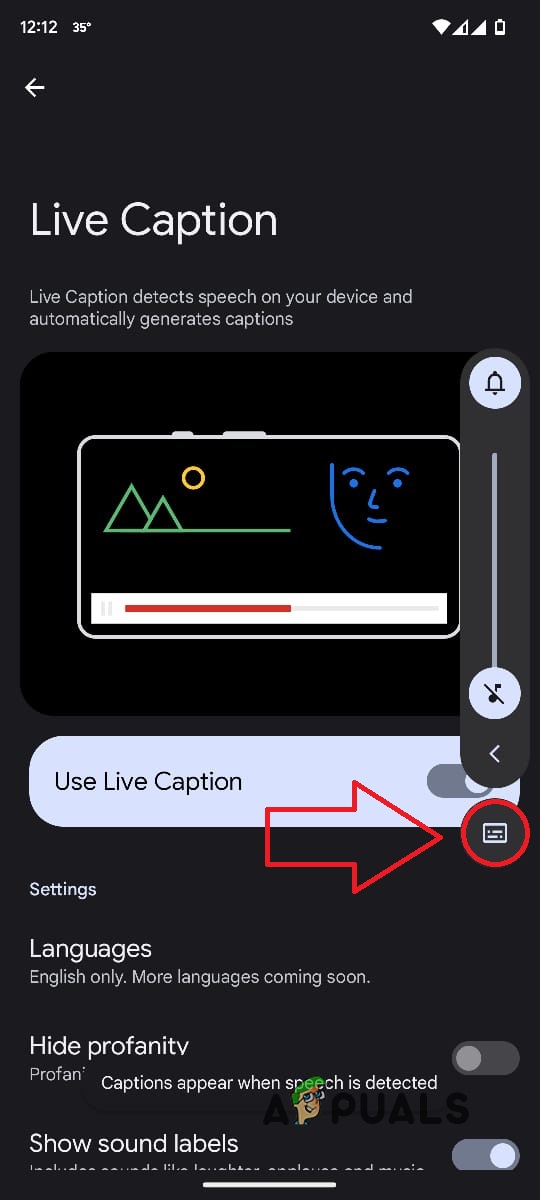
3. Turn off Live Caption via the quick tiles: Swipe down from the top of the screen twice to open the notification shade. Then, find the tile for Live Caption. Drag it to your Quick Tiles, and then, toggle the switch to Off.
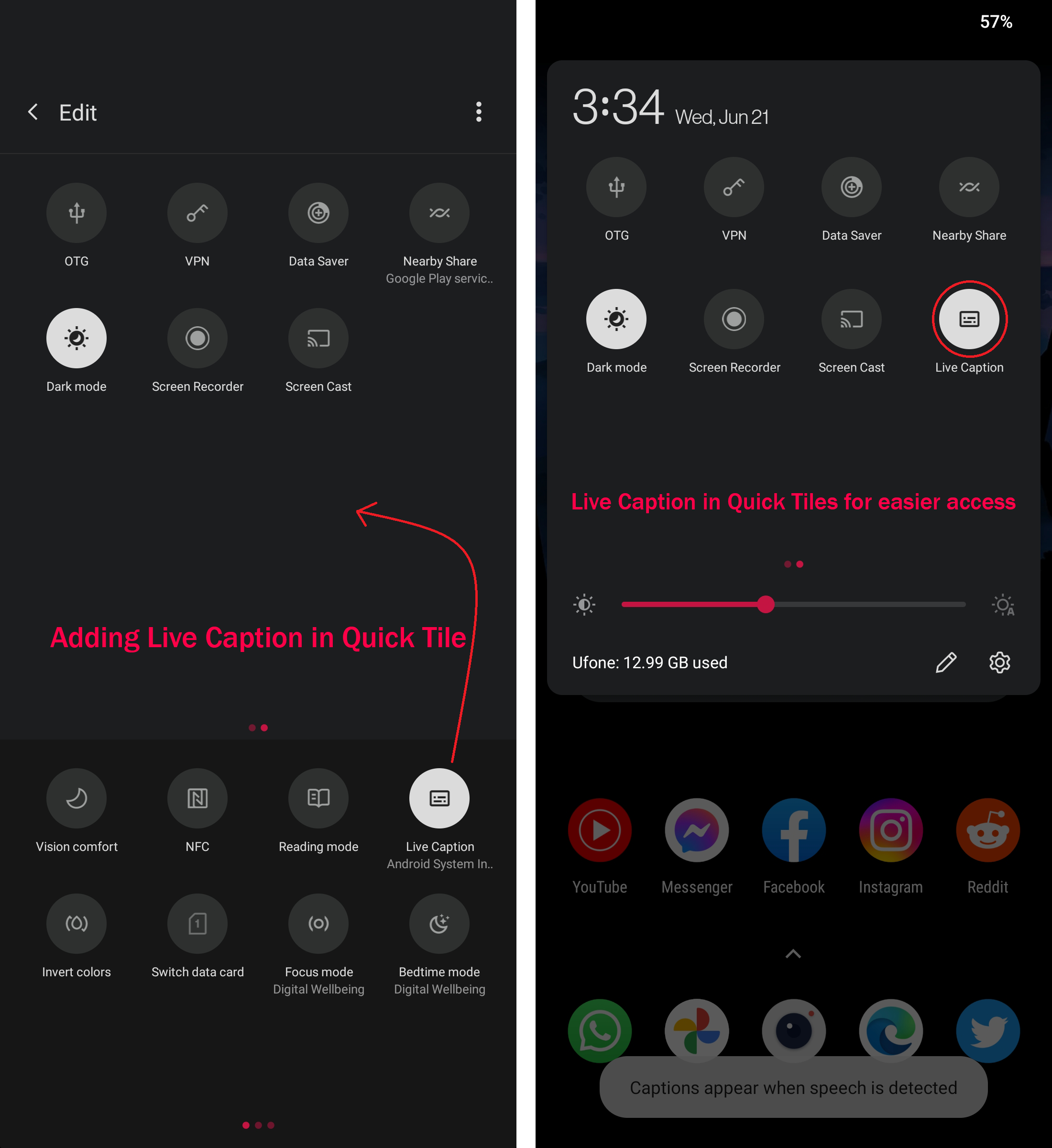
4. Turn off Live Caption in the settings: Go to Settings > Accessibility > Live Caption. Toggle the Live Caption switch to Off.
Customize Live Caption
Live Caption offers a few customization options for your captions, which can be easily found on the Live Caption page.
By default, Live Caption appears as two lines of text at the bottom of the screen. You can expand the caption text box to see more or move it to a different location on the screen. Here’s how they look by default:
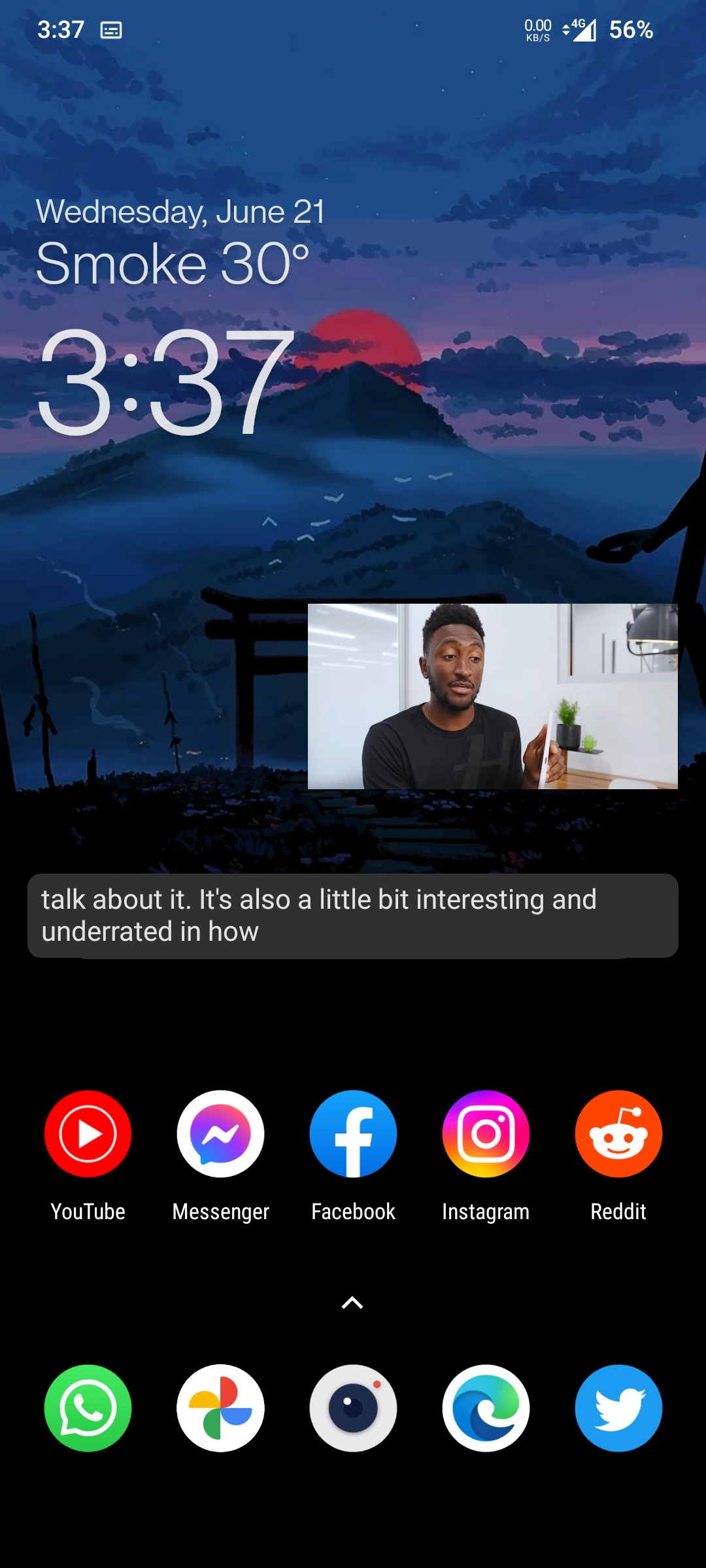
Live Caption can be customized to change the background color of the captions and change their fonts. To do this, open the Settings app and go to Accessibility > Live Caption > Caption preferences > Caption size and style. You can then choose a different background color, font, font size, and font color.
These are some options that are available to choose from:
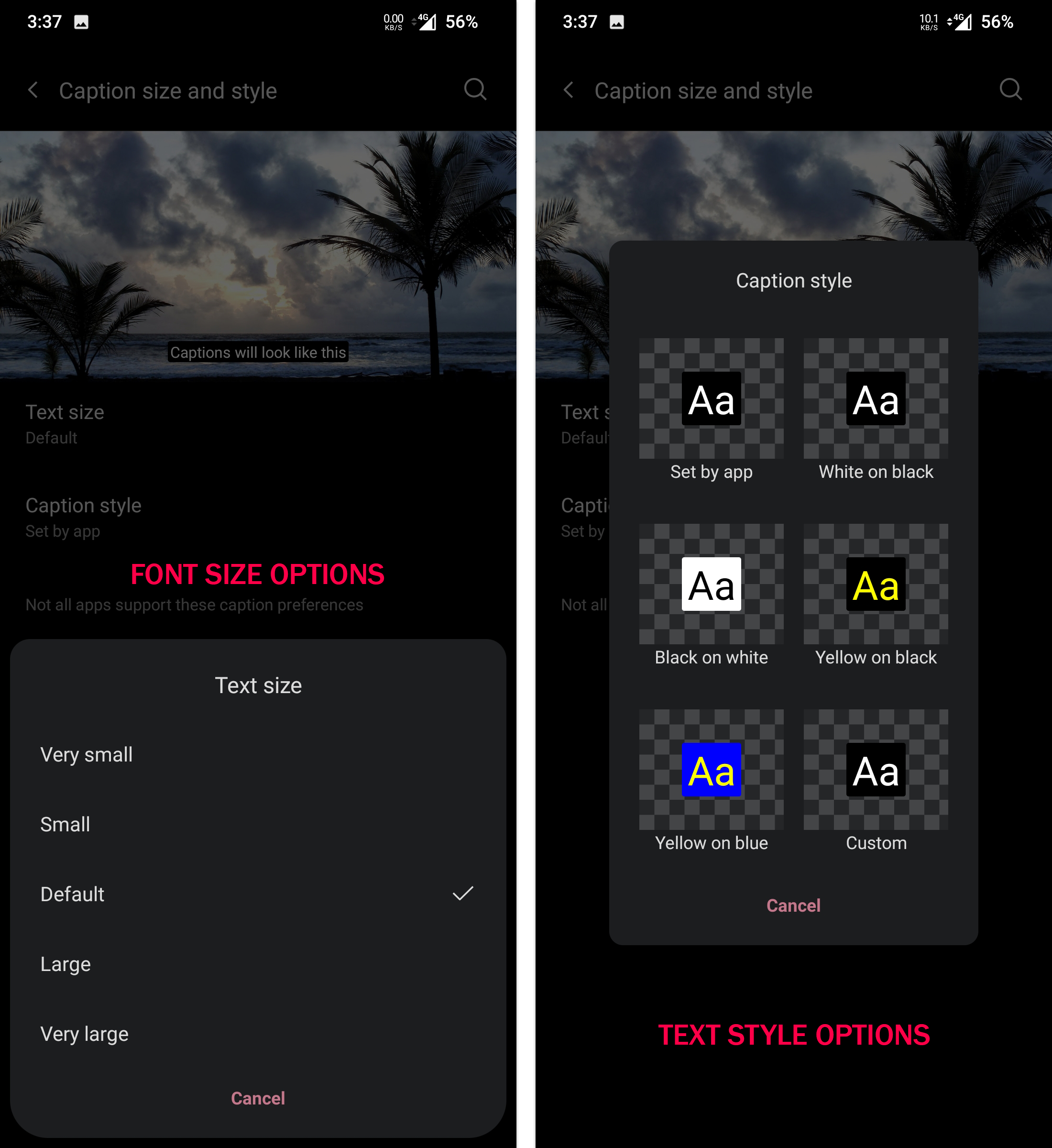
These options, aside from the aesthetic standpoint, can be especially useful in certain situations. For example, if someone is visually impaired or have difficulty reading, he/she may want to customize the captions to make them more accessible. This can be done by increasing the font size or changing the color of the text to make it easier to read.
As a reference, take a look at the same example shown above, but with a different background color and increased font size for easier reading.
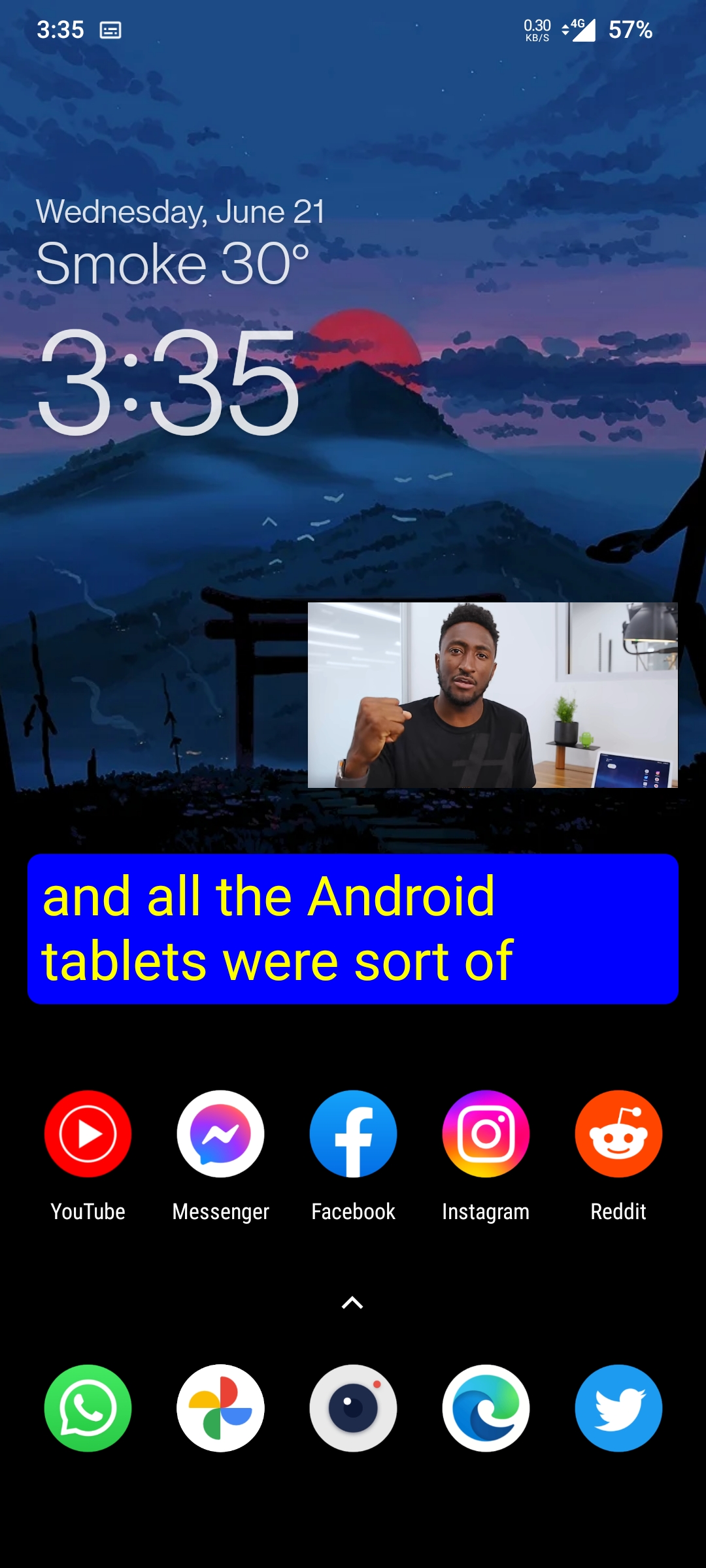
Below are some basic customization options you’ll find on the Live Caption page.
- Tap on Hide profanity to prevent Live Caption from displaying profanity.
- Tap on Show sound labels to display labels for sounds such as laughter and applause.
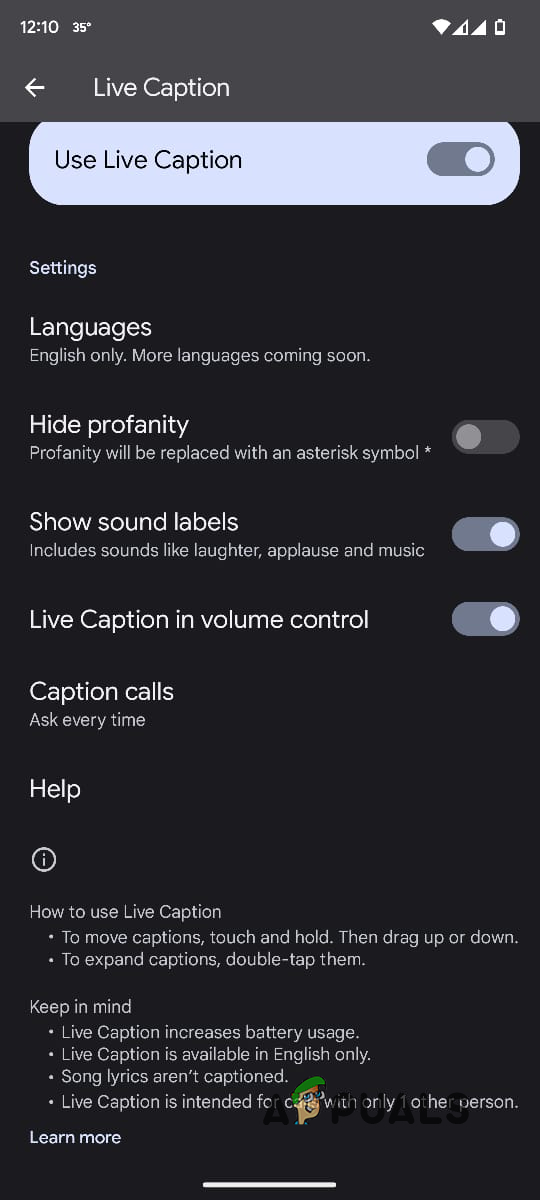
Live Caption Options
Troubleshooting
Sometimes, despite following the steps correctly, users might face issues enabling or using Live Caption. Here are some common problems and their solutions:
- Live Caption not appearing: Ensure your device’s volume is not muted. Live Caption only works when the device’s volume is on.
- Accuracy of captions: While Live Caption works well for clear, unambiguous audio, they may struggle with heavily accented or mumbled speech. Try to use them with clear audio for best results.
Live Caption also may not work on custom third-party ROMs. This is because custom ROMs often use different software libraries, or sometimes, completely remove the feature. As a result, you may see the toggle greyed out. If you are running a custom third-party ROM and you are unable to use Live Caption, you may need to contact the developer of your ROM for support.
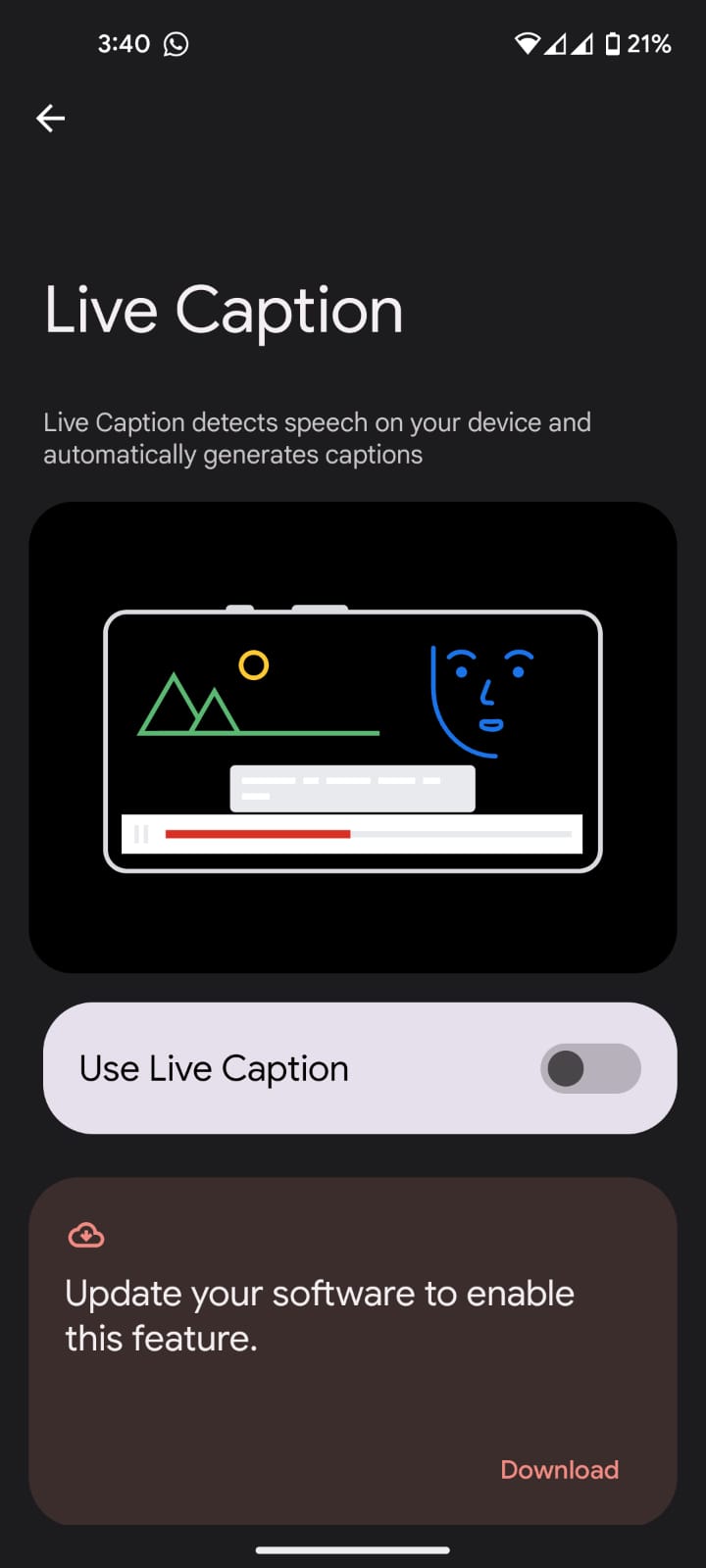
Keep in mind that Live Caption may not work properly for all apps. It works well for apps like YouTube and calling in general, but it may not be accurate for all audio content.
Another thing to note is that Live Caption is a feature provided and maintained directly by Google. That’s why you see the exact same settings page for Live Caption when you open it in different Android skins. Google Pixels do have a slight advantage with the ability to even caption calls, but apart from this feature works pretty much the same on all Android devices.

Conclusion
Apart from being a valuable tool for individuals with hearing difficulties, Live Caption can also benefit language learners who can read along while listening to spoken content, enhancing their language skills.
Moreover, people in noisy environments or those who prefer to have their device’s sound off can follow along with video or audio content. Make sure to explore an app’s native caption options (such as YouTube) before relying on Live Caption.
Live Caption - FAQs
A. Yes, Apple has added support for it in iOS 16. To enable Live Caption on iPhone, go to Settings > Accessibility > Live Caption. You can customize the text, size, and color of the captions, and you can also choose to have them appear in all apps or only in certain apps.
A. The Live Caption feature on Android and iOS is essentially the same, but there are some differences. On Android, Live Caption is managed by Google directly, while on iOS, Apple has its own service. This means that the way that the captions are generated and displayed may be slightly different on the two platforms.
A. As of writing, Live Caption on Android supports English, French, German, Italian, Japanese, and Spanish.
A. The main difference between normal captions and Live Caption is that Live Caption is created in real time, using AI, while normal captions are pre-recorded. This means that Live Caption can generate captions for any audio or video file in real-time, while normal captions are typically pre-generated and need to be added to the media.
 Reviewed by
Reviewed by 



